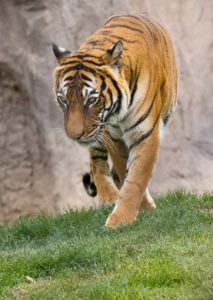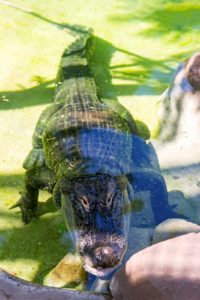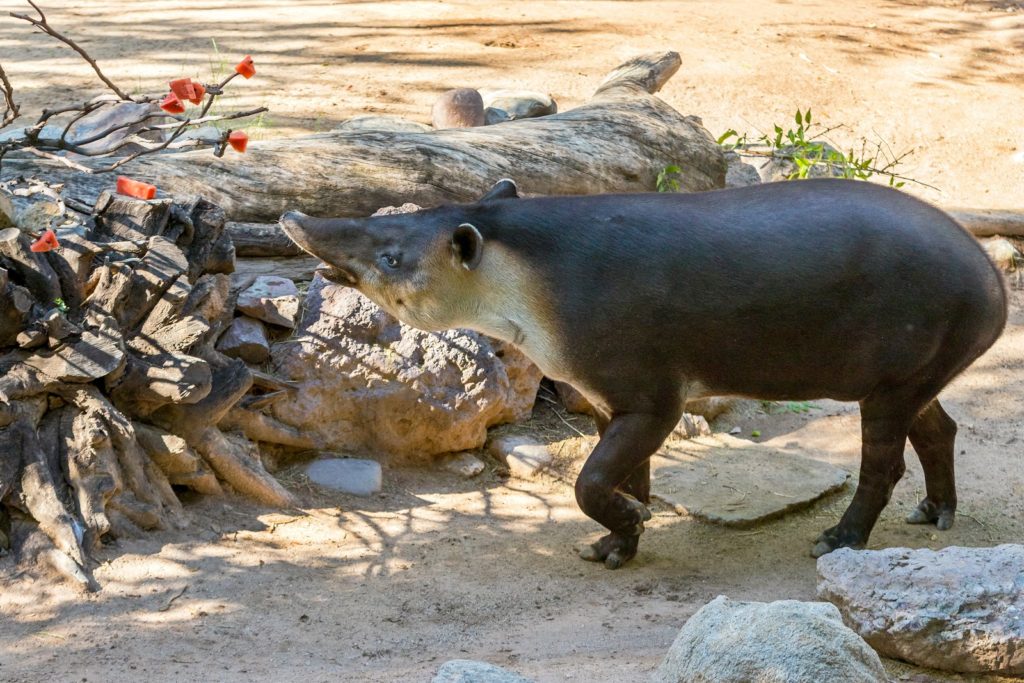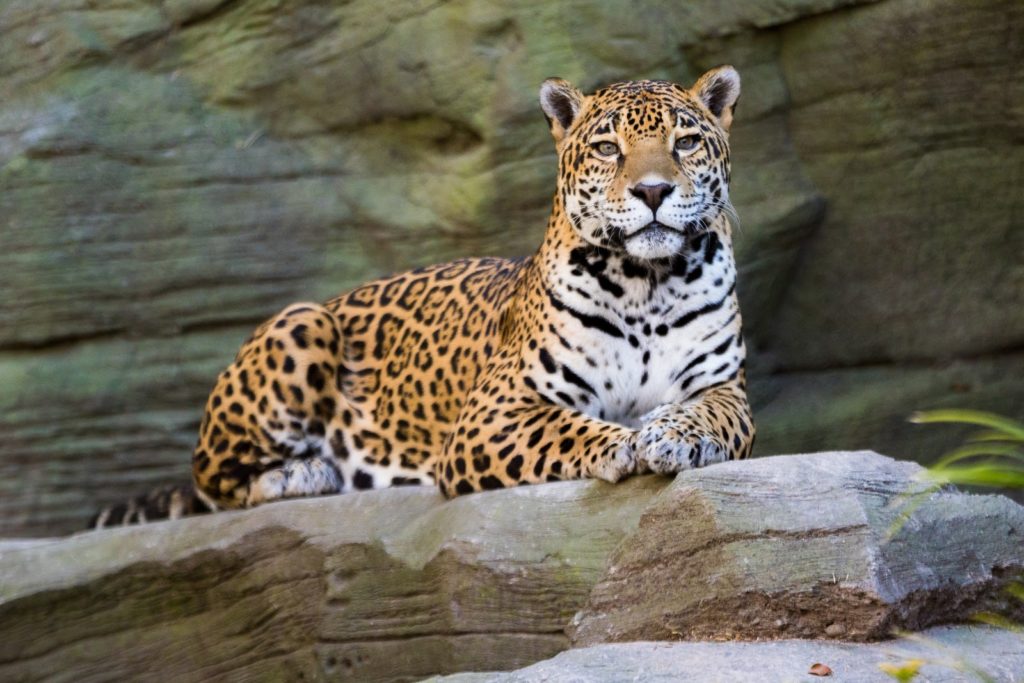Two’s a Crowd
Some Animals Prefer Social Distancing
Primates are very social animals. We rely on each other for gathering resources, sharing knowledge, and providing comfort. But many other members of the animal kingdom are adapted to existing alone. Solitary animals spend the majority of their lives without any other members of their species, and only come together for purposes of reproduction or rearing of young. Reid Park Zoo is home to a number of these solitary animals, and their unique lifestyle is fascinating to observe.
 Of the 36 species of wild cats, only 1 of them naturally lives in a true social group: the lion. Reid Park Zoo is home to this unique species, and has a pride of 3 lions that permanently live together in their habitat. The Zoo’s other two feline species, the jaguar and tiger, are naturally solitary. In the wild both of these species would only come together briefly for reproducing, and would maintain territories that do not overlap with others of the same sex. There are rare exceptions where these animals can be housed together in zoological facilities, including in the case of our two previous jaguar sisters, who shared a habitat space together. The sisters were raised together and never separated nor housed with a male cat. Given these factors, the sisters were able to live together into old age.
Of the 36 species of wild cats, only 1 of them naturally lives in a true social group: the lion. Reid Park Zoo is home to this unique species, and has a pride of 3 lions that permanently live together in their habitat. The Zoo’s other two feline species, the jaguar and tiger, are naturally solitary. In the wild both of these species would only come together briefly for reproducing, and would maintain territories that do not overlap with others of the same sex. There are rare exceptions where these animals can be housed together in zoological facilities, including in the case of our two previous jaguar sisters, who shared a habitat space together. The sisters were raised together and never separated nor housed with a male cat. Given these factors, the sisters were able to live together into old age.
Other animals, like American alligators, are also naturally solitary but can tolerate living closely with other alligators. If resources are abundant, many alligators will live in large groups and appear like they are social. At Reid Park Zoo, our single alligator does not have to worry about competition for food, shade, sun, or a space in the bubbles of the waterfall – he can have it all being the lone one in the habitat.

Giant anteaters and Baird’s tapirs are in between cats and alligators in terms of socialization. While they are never found in large groups even if resources are abundant like alligators, they are also not as strictly territorial as solitary cat species. Anteaters and tapirs are most often solitary, but can sometimes tolerate being in the same location before parting ways again.
All of these animals will be waiting for you to visit just as soon as the Zoo reopens to guests. On your next Zoo trip be sure to stop by and observe the unique behaviors of these species that are alone but not lonely!

